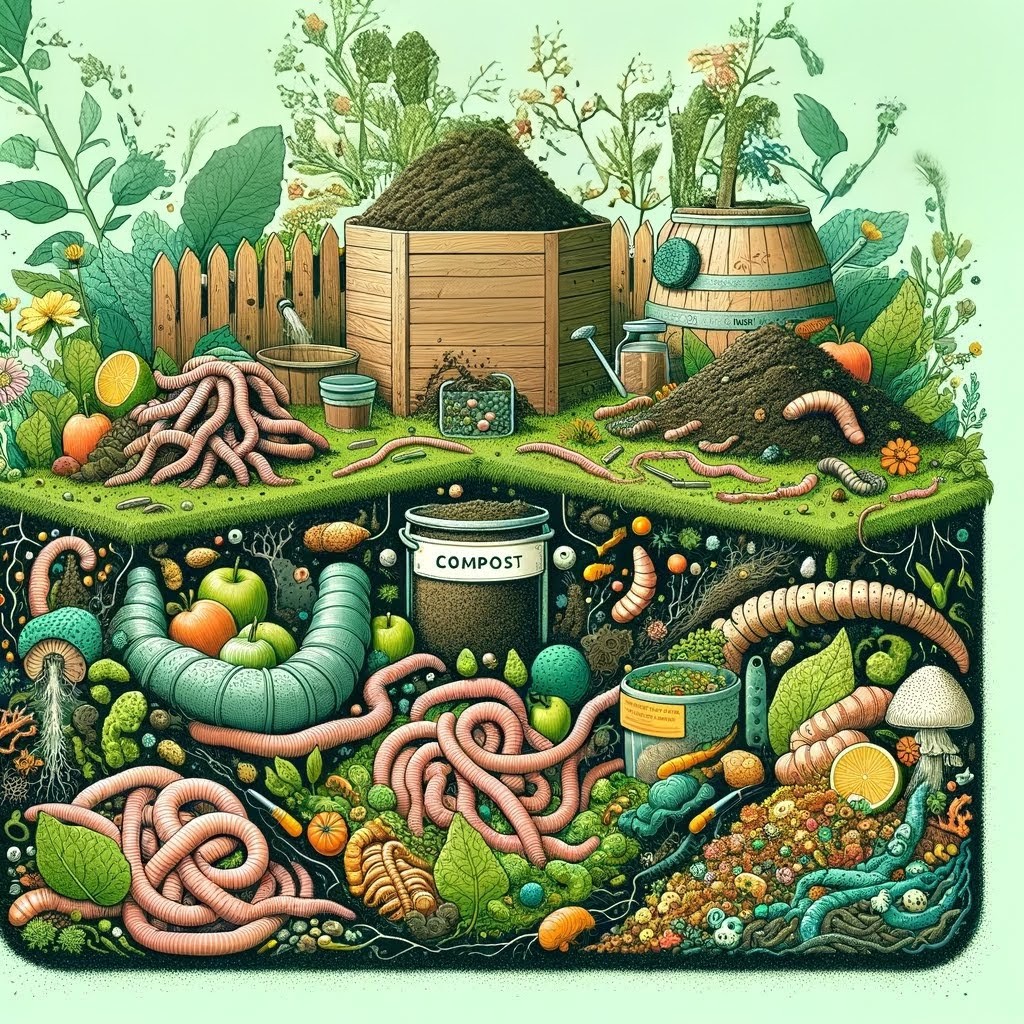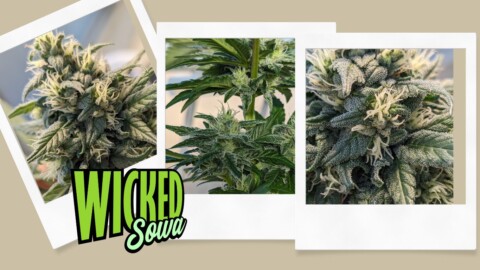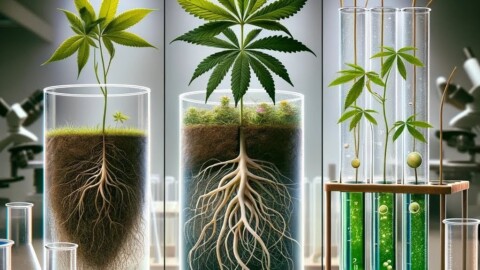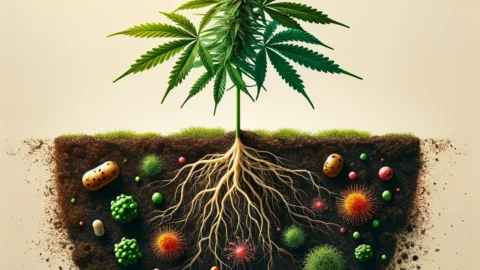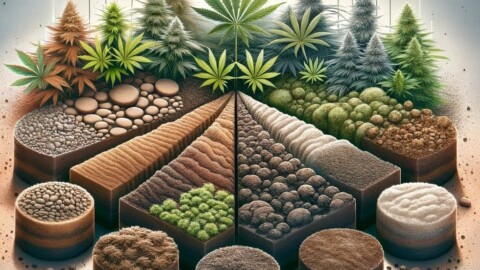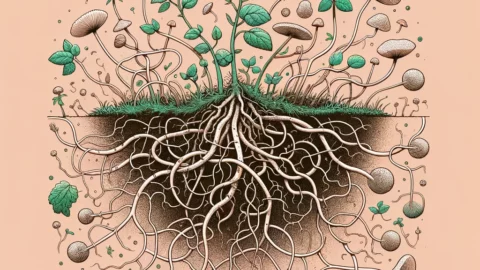Composting is a simple, effective way to recycle kitchen and garden waste into rich, nutrient-packed soil that can dramatically improve the health of your garden. Not only does composting reduce landfill waste, but it also enhances soil structure, promotes plant health, and can even reduce your carbon footprint. This comprehensive beginner’s guide will walk you through the benefits of composting and provide you with a step-by-step approach to starting your own compost pile.
The Benefits of Composting
1. Enriches Soil: Compost adds essential nutrients back into the soil, promoting healthier plant growth and increased yield. It provides a rich, natural fertilizer that can help reduce the need for chemical alternatives.
2. Improves Soil Structure: Adding compost to your garden helps improve soil aeration and drainage, making it easier for roots to grow. It also increases the soil’s ability to retain moisture, which is crucial for plant health.
3. Reduces Waste: Composting allows you to recycle kitchen scraps, lawn clippings, and other organic waste, reducing the amount of garbage sent to landfills.
4. Supports Ecosystems: Compost provides a thriving habitat for beneficial organisms such as worms and fungi, which play a crucial role in nutrient cycling and soil health.
How to Make Compost: A Step-by-Step Guide
Step 1: Choose Your Composting Location and Container Select a dry, shady spot near a water source for your compost pile or bin. While a specialized compost bin is not necessary, it can help keep the process tidy and contained.
Step 2: Gather Your Materials Composting requires a balance of green (nitrogen-rich) and brown (carbon-rich) materials. Green materials include kitchen scraps like vegetable peels, coffee grounds, and grass clippings. Brown materials encompass dry leaves, straw, cardboard, and paper.
Step 3: Layer Your Materials Start with a thick layer of brown materials at the bottom of your bin or pile to allow for aeration. Alternate between layers of green and brown materials, with a little water added to each layer to keep it moist but not soggy.
Step 4: Maintain Your Compost Turn your compost pile every few weeks to aerate it, speeding up the decomposition process. If the compost looks too dry, add water to maintain moisture.
Step 5: Harvest Your Compost Your compost will be ready to use when it’s dark, crumbly, and has an earthy smell. This process can take anywhere from two months to a year, depending on the materials used and the conditions.
Tips for Successful Composting
Avoid composting meat, dairy, and oily foods, as they can attract pests and produce unpleasant odors.Chop or shred large pieces to speed up the composting process.Monitor the moisture level of your compost, ensuring it’s moist but not waterlogged.Cover your compost pile with a tarp or lid to retain moisture and heat, which are essential for decomposition.
Conclusion
Composting is a rewarding practice that benefits both your garden and the environment. By following this beginner’s guide, you can transform your kitchen and garden waste into gold for your garden, enriching your soil with nutrients essential for vigorous plant growth. Whether you have a small patio or a large backyard, composting is an accessible and impactful way to contribute to a more sustainable world.

